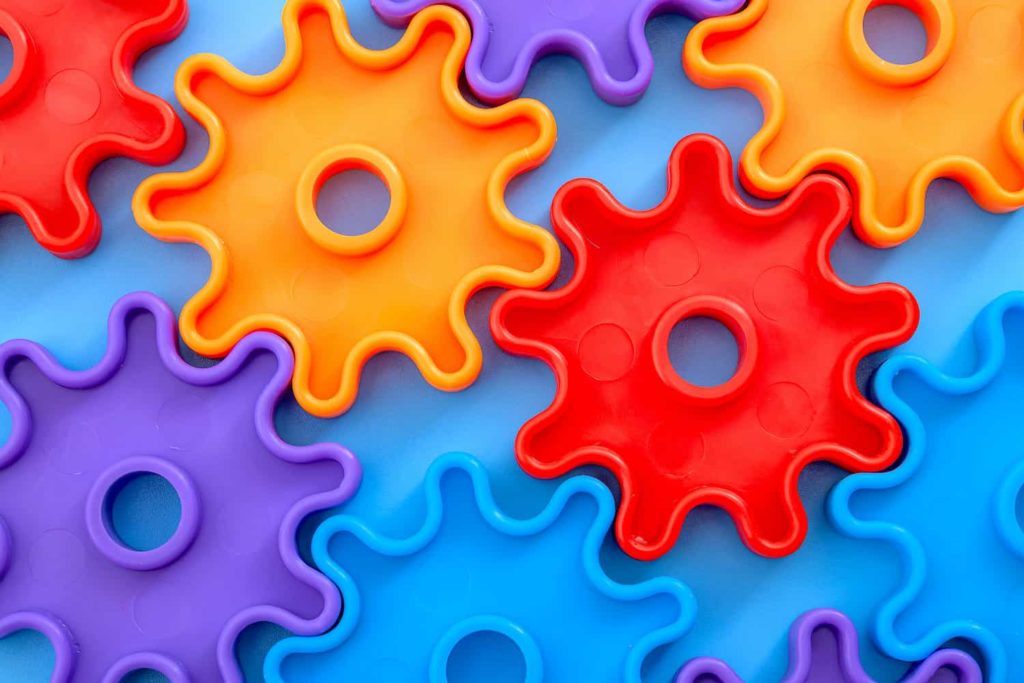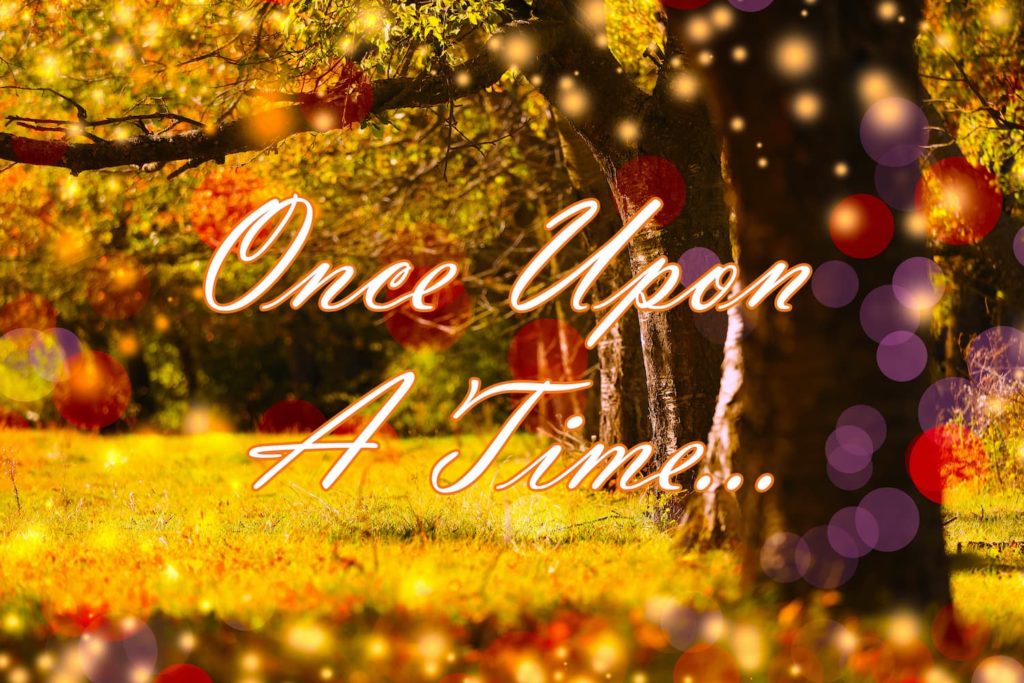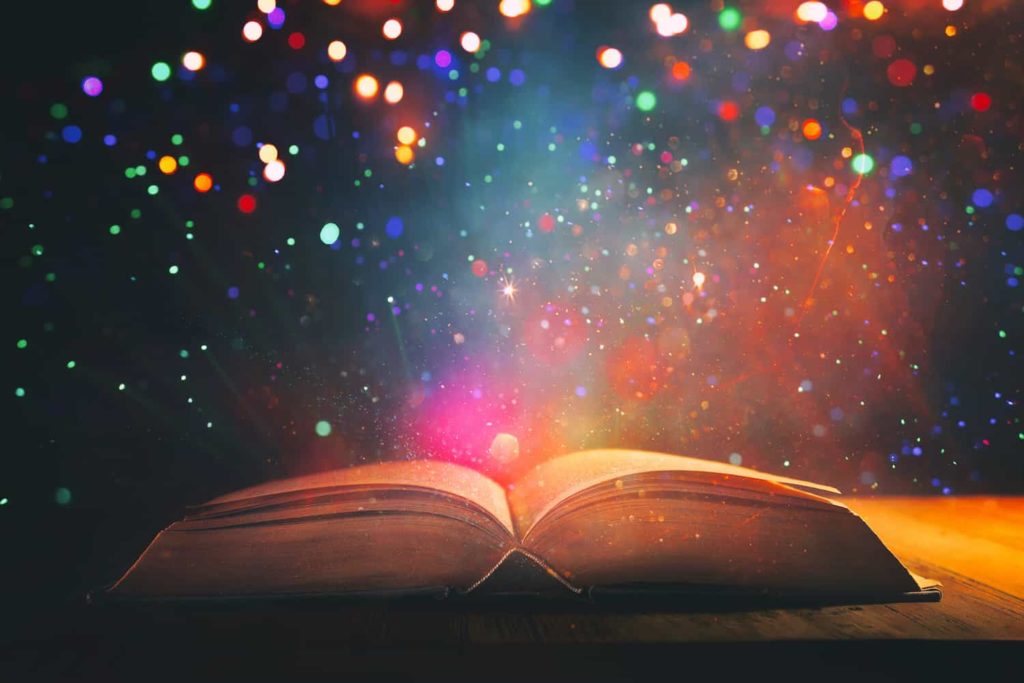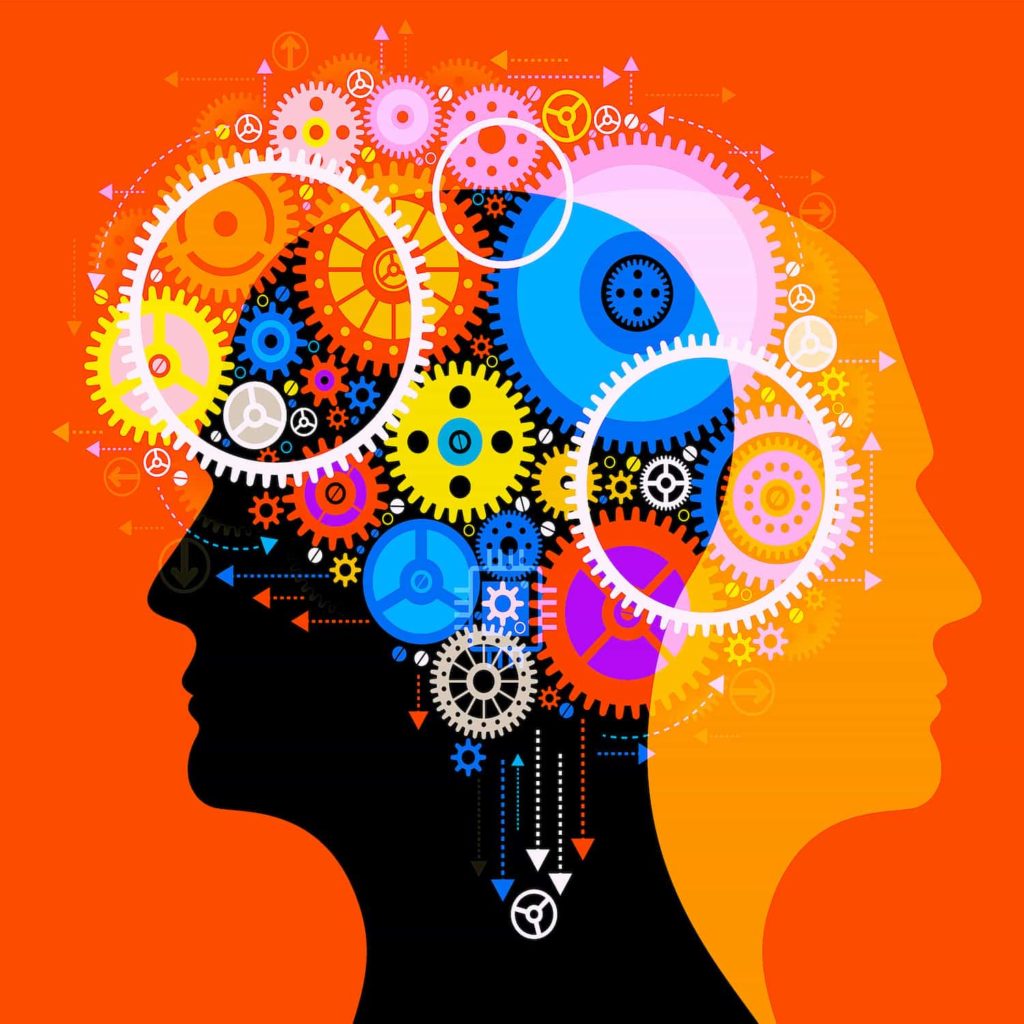
The Creativity Machine Before the Internet
Like many children of my generation, I learned about the world through books and educational programming on public television. Long before internet access, we had the public library and PBS and to satisfy our childhood curiosity.
You may have never heard of my favorite show from that time unless you were a small child in the Midwest in the late 1970s and early 1980s. While big shows like Sesame Street aired nationally during that time, smaller, regional programing also made its way to smaller swaths of the country.
A show entitled Once Upon a Time was produced by Nebraska Educational Telecommunications and transmitted throughout the Midwest, including to my little town in northern Minnesota. The program was a creative gem.

I loved the show’s characters and setting, but I especially loved the fanciful machine that was at the center of each episode’s plotline. I later came to see that colorful contraption both as an imaginative prediction of search engines as well as a visual illustration of the cognitive processes of creativity.
The Librarian, The Witch, and The Treasure Trove
One of the reasons that Once Upon a Time is so memorable is because of its opening sequence and theme song that summarize the premise perfectly. Here are the lyrics…
Once upon a time,
a witch loved stories galore,
and greedy as she was,
she wanted more and more.
When she saw that the librarian
had stories of all kinds,
she said, “I’ll capture you,
all your stories will be mine!”
There took place a curious chase
through meadow, tree, and flower,
‘til at last they ended up
right at the witch’s tower.
Now poor Marion the Librarian,
a prisoner she’ll stay,
until the witch is happy
and let’s Marion go away.
In each episode, the grandmotherly witch (with the disarming name of Kerfumbly) requests a book based on topics that interest her. Marion produces a children’s book that matches the description, and then reads it to the audience.

The agreement between the two characters is that when Marion finally produces a book that satisfies Kerfumbly, the witch will set the librarian free. Kerfumbly enjoys all of Marion’s stories, but she finds fault in each tale so that she can keep Marion’s skill at storytelling all to herself.
The Marvelous Machine
Marion must produce a book for Kerfumbly in each episode, but she doesn’t have access to the library. Luckily for her, the tower contains a machine that produces books. In order to get a book from the machine however, inputs are required.
Kerfumbly specifies the type of book she wants at the beginning of each episode. Once the witch has left the tower, Marion searches through the toy chest for objects that represent the elements that Kerfumbly desires in her story of the day. Marion starts the machine, and when the colorful gears begin to spin and clank, our protagonist feeds the objects into the churning contraption. Soon the machine spits a book into the air, which Marion skillfully catches.
Marion’s Early Search Engine
In the real world, electronic searches began in the catalogues of large library systems in the late 1970s. They developed and became more widespread through the 1980s. The general public, however, didn’t gain a broad understanding of search engines for internet searches until the mid 1990s.

The show Once Upon a Time made its debut at a time when few people would have known what a search engine was, yet the show’s machine resembled one in many ways. Instead of typing key words into a computer terminal, Marion the librarian fed objects into the machine. Instead of a list of search results, the machine spat out one perfect book.
I loved everything about the machine, from its colorful gears to its clunky sounds, to its efficiency in getting you exactly the right book. Unknowingly, a television witch and a librarian introduced my young imagination to the concept of search engines in the late 1970s and early 1980s before anyone in my immediate environment would have had any concept of them.
The Creativity Connection
I had already made the connection between the machine at the center of Once Upon a Time and library catalogue searches in the mid-1990s. That was when I started writing serious research papers. I thought about the connection many times throughout college, graduate school, and my career as a professor and researcher.
The realization of the connection between the machine and creativity came much later. In my study of the mental processes of imagination, I have come to understand creativity as the ability to make new connections for a productive outcome. The machine from Once Upon a Time seems to me a clear visual representation of this process.

If we imagine the show’s wonderous machine as representing the human brain, then we can see the workings of the contraption as analogous to the workings of creativity. Marion the Librarian always feeds at least two objects into the machine. Those elements are similar to the component parts of the creative process, the building blocks of creativity, if you will. As the machine connects the elements from the witch’s toy chest, so the brain makes new connections among distinct elements or concepts. In the world of Once Upon a Time, the “productive outcome” is the book that the machine spits into the air. In terms of creativity, the “productive outcome” is the imaginative creation that the brain produces.
Connections of All Kinds
The machine in Once Upon a Time reliably connects the toys that Marion introduces to create a book that meets the witch’s specifications. Creativity in our own lives, however, can take uncountable forms. Creativity could manifest in connecting distinct elements in our work life for more efficient processes or combining new ingredients for a delicious new recipe. Our brains function like Marion’s magical machine many times each day.
Not only does the machine at the center of Once Upon a Time provide a visual metaphor for the workings of imagination, but the show itself is also a clear example of creativity. The program makes a novel combination of fairy-tale elements (a witch and a tower) with elements related to literacy and literature (books, a librarian, and an imaginative search engine). The productive outcome is an entertaining educational program that countless other Midwesterners and I still remember decades later.